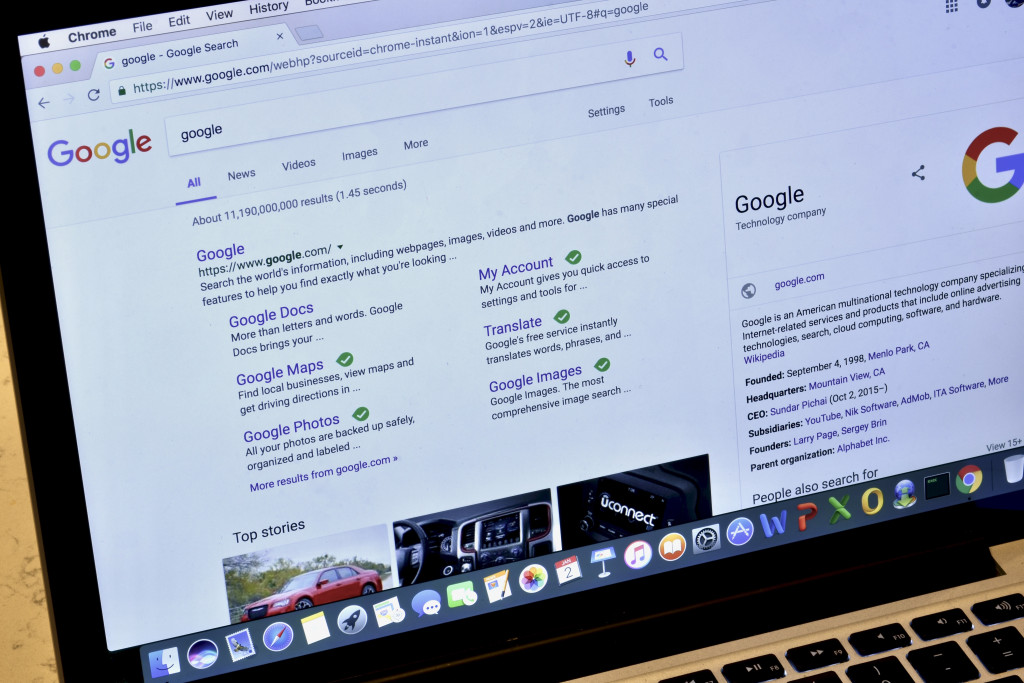By now, various industry studies and results show that local SEO (search engine optimization) works. It has one of the highest conversion rates of about 80 percent.
Nearly 50 percent of the searches in Google these days are local-based, while at least half of the near-me searches translated to a visit to the physical store.
That is why it pays to look for and work with a reliable SEO company. They just don’t know about SEO and ranking—they understand the local market. They can align your marketing strategies to your goal of expanding your business in the state.
But there’s more to local SEO—and other types of online ranking strategies—that you need to learn more about. For example, do techniques like above-the-fold content work? Will it have some impact on your ranking?
What Is Above-the-Fold Content?
Above-the-fold content refers to the texts and media files like images or videos that you see without ever scrolling the page up or down. Its name likely came from the way newspapers are folded. When you pick up a daily, the first thing you see is the headline with the accompanying image, as well as a few ads.
Above the fold matters in many ways:
- When it comes to advertising, this is considered to be a premium spot since it’s the first thing the audience will see.
- If it comes to content, marketers need to make sure that they provide their best-quality article, call to action, or intro in this part. This way, it motivates the readers to proceed with the other parts of the text. They may even venture into other pages, increasing their engagement and the chances of converting the audience.
But how about SEO? For a search engine like Google to generate search results based on keywords or queries, they need to visit the website first. Spiders or crawlers then look for and gather data and pages to index.
But these crawlers need help—or guidance. It’s long been believed that these spiders crawl from top to bottom. This idea could affect the placement of the primary keywords for the site. Now, marketers wanted to see to it that they could insert their chosen keywords very early in the page or, in this case, above the fold.
It’s sort of telling the spider that your website and keywords match—they talk about the same thing. This way, if someone searches for your targeted keyword, your page is part of the search results.

But What Does Google Say?
This was one of the assumptions when a publisher asked John Mueller, a senior webmaster analyst of Google, whether above-the-fold content can affect search engine rankings.
As a background, the fellow shared that when their competitor changed the location of its content, it experienced a significant improvement in the search rankings.
But when they did the same thing—that is, showing more content above the fold—their rankings dropped. When they undid the changes, their regained their previous ranking.
According to Mueller, Google’s algorithm seems to not have any strong preference with above-the-fold content and that what happened in these two related stories is not an example of a cause-and-effect relationship. In other words, other factors might have directly affected the rankings.
This might have some truth, though, as Google’s algorithms and ranking factors have changed over the years. A long time ago, both keyword density and choices of keywords directly impacted rankings. So did their placements. This explained why early SEO strategies might involve inserting the keywords in the title and, yes, at the beginning of the paragraph, preferably above the fold.
Today, Google is harnessing its machine learning capability as it tries to understand the context of the content and provide more reliable and accurate search results for the user. It can already perform semantics, having a deeper understanding of the relationship between different kinds of words in the content.
Because of this, the search engine can now distinguish the difference between apple the fruit and Apple the brand. Its better algorithm also works well toward the goal of local SEO. If a person in Utah searches for information, it’s likely that the first websites (and ads) they see are also Utah-based.
The bottom line is, there’s nothing really wrong with doing above-the-fold content, but it’s not the be all, end all these days for the simple reason that Google algorithm and ranking factors can change.
It can make a page visually appealing or draw the audience to the content you want them to see. But it’s less likely to do anything with your ranking—your overall SEO strategy does.
